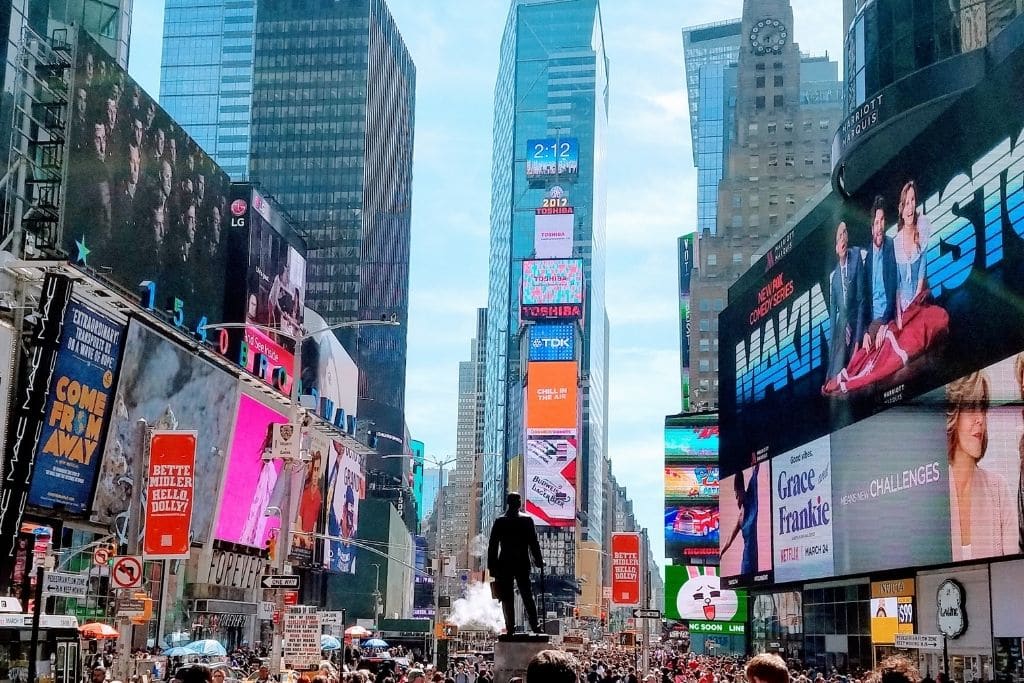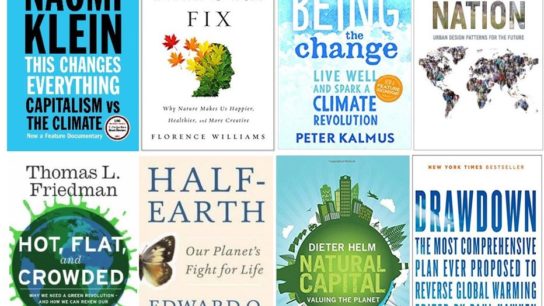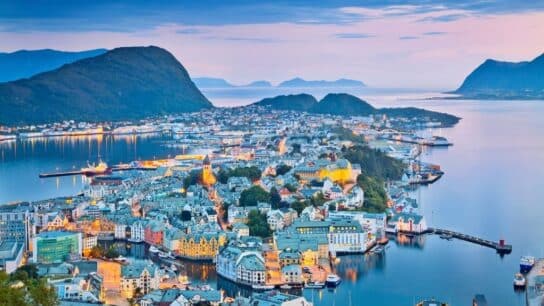Cities like Seattle, San Francisco, and New York City have made it to the top 10 smart cities in the US, each dealing with the challenges of urbanisation and embracing technologies in their unique ways.
—
Urbanisation is a never-ending phenomenon. 54% of the world’s population live in cities today, and the number is estimated to reach 66% by 2050. For economies, societies, and the environment to keep pace with the rapid urban expansions, an increasing number of smart cities are emerging around the world.
A smart city is mainly composed of Information and Communications Technologies (ICT) to develop, deploy, and promote sustainable development practices to address the growing challenges of urbanisation. Cities collect an array of real-time data, including traffic, air and water quality, and solar radiation to determine practical and sustainable solutions.
The main goal is to optimise city functions and promote economic growth while also improving the quality of life for citizens through the use of smart technologies and data analysis. The true value lies in how technology is used instead of simply how much of it is available. Many smart cities in the world’s leading economy are constantly making use of technology to promote sustainability. Here are the top 10 smart cities in the US.
Dallas, Texas
Around 1.7 trillion gallons of water are lost in the US every year due to water leaks. As Texas is an arid region without a lot of rainfall, water management is one of Dallas’ primary concerns. The city has adopted smart water monitoring devices for tracking water usage throughout the city. These devices are able to detect leaks so that the water department can fix them immediately, preventing tens of thousands of gallons of water from leaking every year.
Chicago, Illinois
Chicago launched the Array of Things (AoT) initiative in 2016, which consists of a network of sensors mounted on light posts all over the city collecting real-time data on the city’s environmental surroundings and urban activities. In the coming years, an increasing amount of data collected from AoT will be accessible online, providing valuable information and resources to researchers, urban planners, and the general public. Water sensors are installed in riverbanks to monitor flooding. Security camera footage combined with the use of sophisticated software can also help to determine sources of gunshots in order to help apprehend criminals.
Austin, Texas
Austin is one of the most futuristic and smart cities in the US. It has a rapidly expanding technology centre and an open data directive that has been in place since 2013. This year, more transportation options are being introduced into the neighbourhood. A solar-powered hub will provide access to a neighbourhood bike-share and e-scooter stations, a bus system, and possibly Uber and Lyft parking spaces. WiFi access and other community services such as a mobile health clinic and food pantry will also be available. One of the main smart city initiatives Austin has also been involved with is the upgrading of its electric grid. As the upgraded grid becomes a more efficient digital meter, it makes the incorporation of renewable energy sources and the charging of a growing number of electric cars a lot easier.
Seattle, Washington
Seattle is well-known for its commitment to reducing its carbon footprint and enhancing the well-being of its citizens. As the city is filled with mountains on one side and water on the other, it has a relatively small geographical area for its population. In resolving issues with growth and congestion, and addressing many inner-city challenges, the city developed an Innovation Advisory Council, which focuses on aspects including predictive analytics for parking, food rescue, homelessness data monitoring, and earthquake early warning and damage assessment.
Charlotte, North Carolina
Charlotte’s devotion to sustainability is a good example of a smart city initiative. The city partnered with Microsoft Corporation to build a digital infrastructure so that more residents can benefit from the internet. There will be greater access to public WiFi, traffic monitoring to reduce traffic congestion and air pollution, and training programmes. The city rolled out a project called Envision Charlotte – a champion of circular and sustainability efforts and works on projects throughout the Charlotte area with a variety of partners from both the private and public sectors.
You might also like: Top 7 Smart Cities in the World
San Francisco, California
Given that San Francisco is just a stone’s throw away from the technology epicentre Silicon Valley, it makes sense that the city has smart city initiatives underway. As the second-most densely populated city in the US, the San Francisco smart city plan places great emphasis on reducing energy usage. Currently, there are over 300 LEED-certified buildings in the city and hopes to create a “connected vehicle grid” throughout the city so that autonomous vehicles can communicate with each other and follow traffic guidance systems to avoid congested areas.
Washington DC, District of Columbia
As the population of Washington city is projected to keep growing, there will be significant, continuous pressures to expand the systems necessary to support growth: new roads, water, sewer, schools, churches, parks, trails. Planning ahead would avoid duplication, land-use conflicts, and misallocation of resources that have challenged high-growth communities like Washington. The city’s movement analytics program uses video cameras that can identify people and objects moving through the city, including cars, buses, bikes, and pedestrians. The data collected can then be analysed to make decisions about how traffic can be directed and to identify areas that need more resources. The more data a smart city is able to collect, the more city officials can find ways to improve infrastructure.
Boulder, Colorado
Not only does Boulder focus on renewable energies and sustainability, but also on bolstering its economy through investing in solar and hydroelectricity power. Smart programmes mainly include high-performance buildings, clean mobility, and clean energy sources. The city’s smart grid uses smart metering to transparently share insights on energy costs with its residents. Boulder is going the extra mile by constructing a broadband fibre backbone, developing data infrastructure strategies, and defining a broader community feedback loop.
San Jose, California
San Jose is solving its long-standing problems with a myriad of strategies. It leverages its technologies to create a safe environment through improving the access to broadband services to all residents, using digital tools to help residents access affordable housing nearby, and supporting economic development in historically struggling business districts. Digital platforms are created to improve transparency, empower residents to participate in the city’s governance, and streamline application and payment processes. San Jose is also promoting sustainability by enabling energy and water management technologies in buildings. Sensors are deployed on the streets to detect whether vehicle bays are empty or not, and to provide information that alert motorists to the locations of available parking spots. This way, motorists will not have to spend so much time looking for one, thus reducing greenhouse gases. The more data collected, the more improvements city officials can make.
New York City, New York
Unsurprisingly, New York City takes the number one spot in smartest cities in the US. Technology has always been essential to the economic growth of NYC, not only because it brings new jobs and attracts investments, but it can also protect its citizens, provide better services, and remain competitive as a globalised city. The New York City Mayor’s Office of Technology and Innovation is constantly carrying out efforts to conserve resources, reduce environmental impacts, and improve the quality of living of its population. The city hosts the Smart City New York global conference every year without fail with initiatives addressing issues such as lighting efficiency, water quality and conservation, waste management, air quality, tourism, navigation, and mobility.
You might also like: The 5 Most Sustainable Cities in the World


















